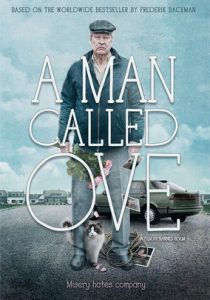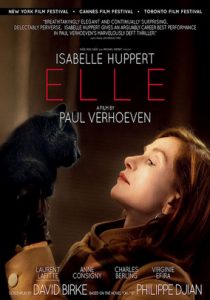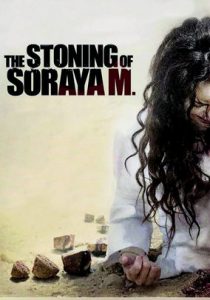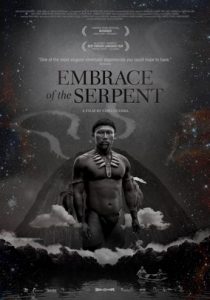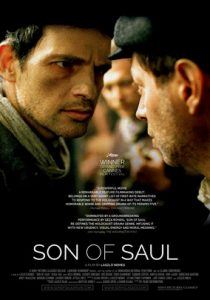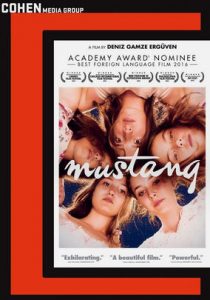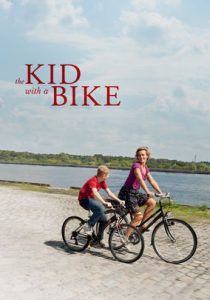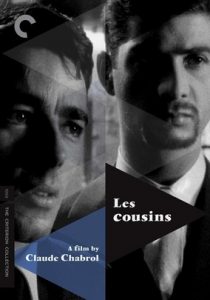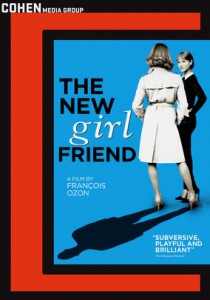A Man Called Ove-2016
Director Hannes Holm
Starring Rolf Lassgård, Ida Engvoll
Scott’s Review #653
Reviewed June 12, 2017
Grade: A
A Man Called Ove is a fantastic 2016 Swedish film honored with a Best Foreign Language Film Oscar nomination and is a darling watch.
The film is terrific.
Equal parts whimsical, humorous, and heartbreaking, the film churns up emotions brought to the surface, which is quite telling about the experience.
The film is magical in a sense.
The lovely scenery of Sweden also abounds, making A Man Called Ove an unexpected marvel worth checking out for good film lovers.
Ove (Rolf Lassgard) is a fifty-nine-year-old curmudgeon living in suburban Sweden. He is the keeper of law and order in his quaint, little community of bungalows, regularly ridiculing rule breakers and the oblivious with torrents of shouts and insults.
He despises several neighbors, including a beautiful cat who walks around the complex as if she owns it.
When an interracial family moves in next door to Ove, his life forever changes as he becomes acquainted with the husband, the wife, and their two young girls. In his newfound entertainment, Ove regularly visits his deceased wife’s gravestone, bringing her flowers and plotting his suicide.
Through flashbacks, we are taken on a journey through the past as we learn all there is to know about Ove.
The film is a beautiful experience. I worried that A Man Called Ove would be too lighthearted and sentimental. The type of foreign language film the Academy far too often recognizes in place of darker, more complex (and, in my mind, deserving) films.
A Man Called Ove is not exactly dark, but it is certainly not trivial or fluff. The film is rich with excellent writing and character development.
Romance is also a significant theme, but not in a corny way. For much of the running time, Ove’s deceased wife, Sonja, is a complete mystery. We only know that Ove misses her terribly and cannot wait to be with her in the afterlife. We only get brief glimpses of her photo on the table.
When finally introduced to the story, we see them both in their younger years, filled with hope and promise. I beamed with delight during these wonderful moments. The scenes of their innocent first dates and the connection they develop are heartwarming.
Later, when Sonja’s story is fully explored, we show a new appreciation for Ove and why he is the way he is today. We understand him better, and the character develops.
Some paths that life takes Ove and Sonja down are tear-inducing and emotional, primarily due to Sonja’s character and personality. Along with the backstory of Ove and Sonja, we are treated to scenes of Ove and his father in the past.
With his mother dying way too young, the pair develop an unrelenting bond that is severed only by tragic circumstances.
Ove’s constant bungled attempts at suicide (he buys poor-quality rope to hang himself, a visitor interrupts his attempt to breathe in toxic garage fumes, and he ends up saving a life when he intends to be hit by a train) are the comic turns that the film mixes perfectly with the heavy drama.
A Man Called Ove (2016) is a pure treat in modern cinema. It perfectly balances drama, comedy, churning emotions, and heartbreaking honesty. It is highly recommended for those seeking a treasure with many characteristics.
Oscar Nominations: Best Foreign Language Film
